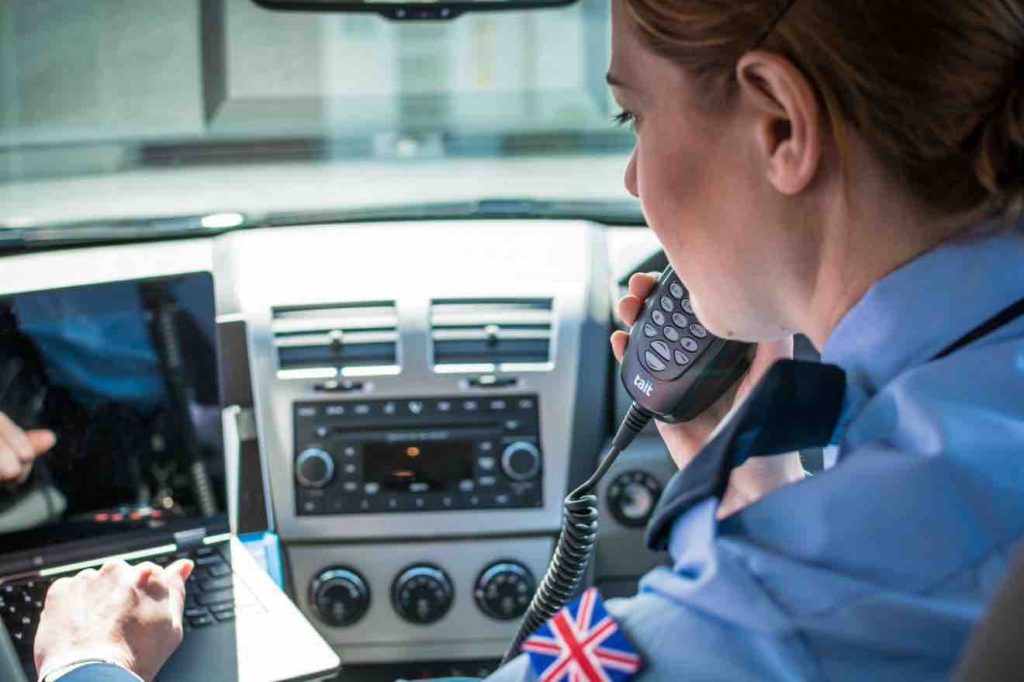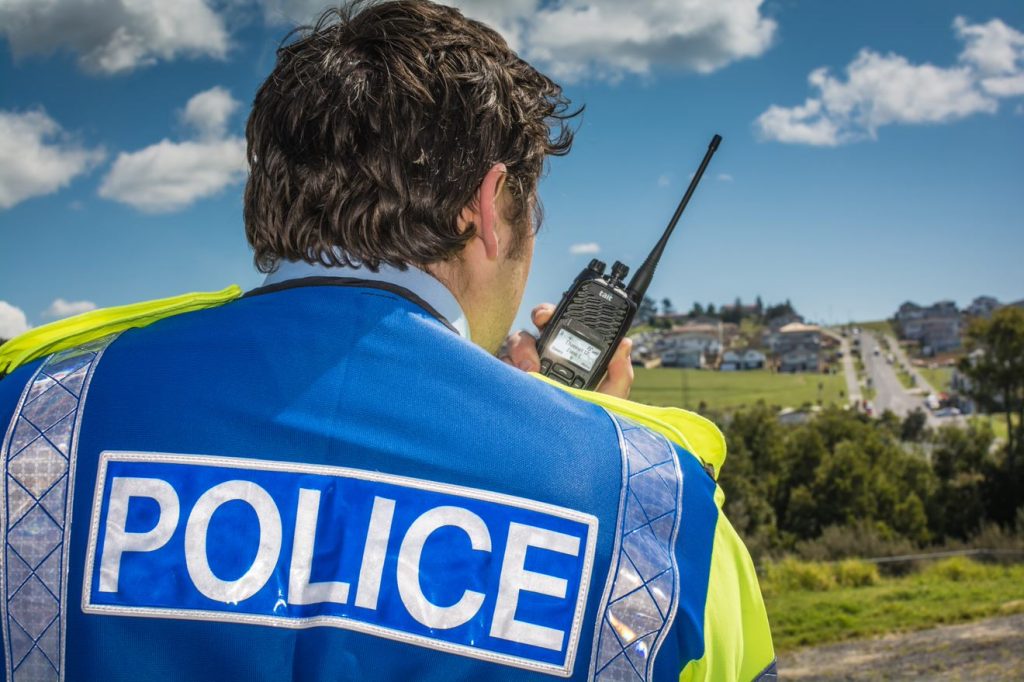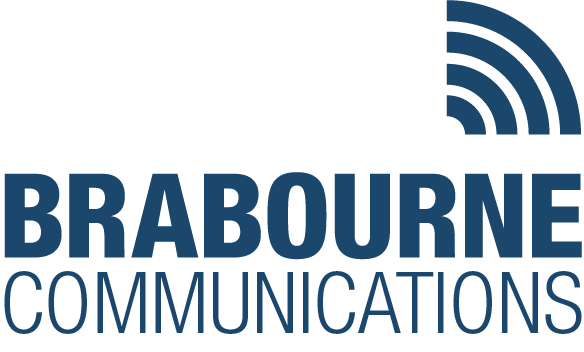Applications | Emergency Communications
In the UK today businesses and other organizations are more dependent than ever on the ability to communicate effectively in an emergency. This applies locally, regionally and nationally. The UK user community has become complacent as it has become used to reliable fixed and radio communications networks. These networks rarely fail but few understand how little resilience is built in to the landline and the GSM networks. Emergency communications using two way radio can improve public safety.
Manchester Tunnel Fire
For example, in Manchester, a single tunnel fire took out two main BT cables. This plunged a large area of the city into a communications crisis for both public and private users. It would appear that no resilience had been designed in to the system. Unfortunately, experience has shown time and time again that reliance upon a single system exposes vulnerability to the unexpected.
Hampshire Emergency Services
Another example starkly demonstrated this when the county of Hampshire lost all 999 emergency communications services. This occurred when the main public telephone exchange at Southampton failed. Although each service (including Hampshire Fire Brigade) thought they had resilience built in to their systems, this proved not to be the case.
Because all the emergency services relied primarily on the same type of connectivity they all suffered the same result. In short, the only Plan B was of limited use. Brabourne have many years experience of delivering emergency communications solutions using two way radio for UK and international clients.



Digital private mobile radio systems can offer a very effective solution to the problems outlined above. This is because radio systems are directly under the control of the owner of the network. Emergency communications networks using two way radio can be as small or as large as required. They provide a wireless communications capability either within a building, around a site or across an entire city or region.
In all cases radio is generally used to allow user or work groups to communicate with each other whilst mobile. This ‘all informed’ method of communicating can be ideal in an emergency. This is because as all users are kept aware of the situation as it develops.
Digital Radio Technologies For Emergency Communications
Various technologies are employed. These include DMR, dPMR, TETRA and P25. All of these deliver secure, independent, reliable long distance voice and data communications. Features such as lone working, man down alarms, indoor and outdoor positioning and telephone interconnect capabilities permit organizations to continue operating effectively even when public networks have failed.
A wide range of digital radios are available at our sister site https://twowayaccessories.com/product-category/radios/digital-two-way-radio/
